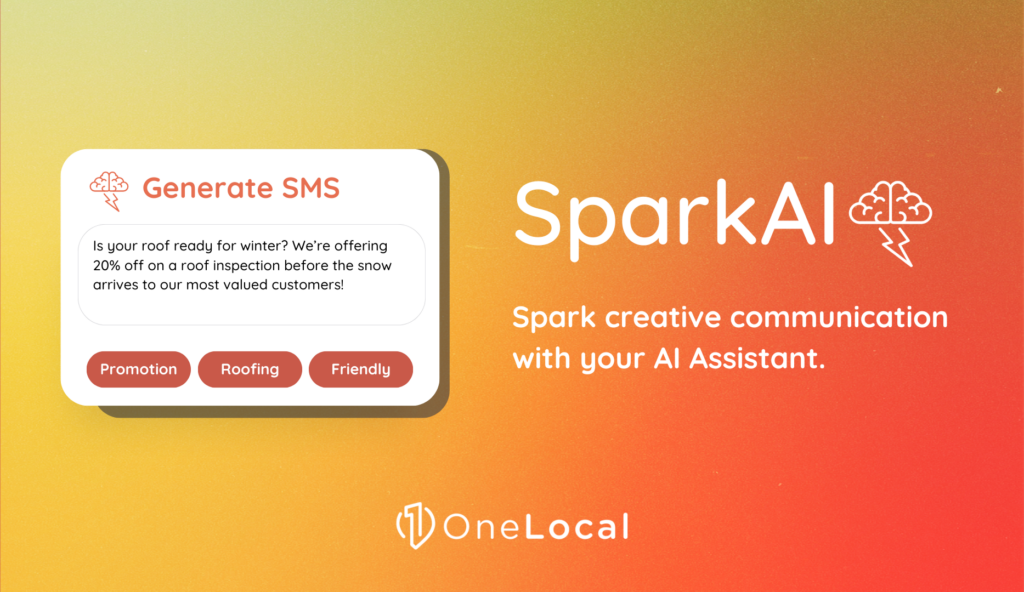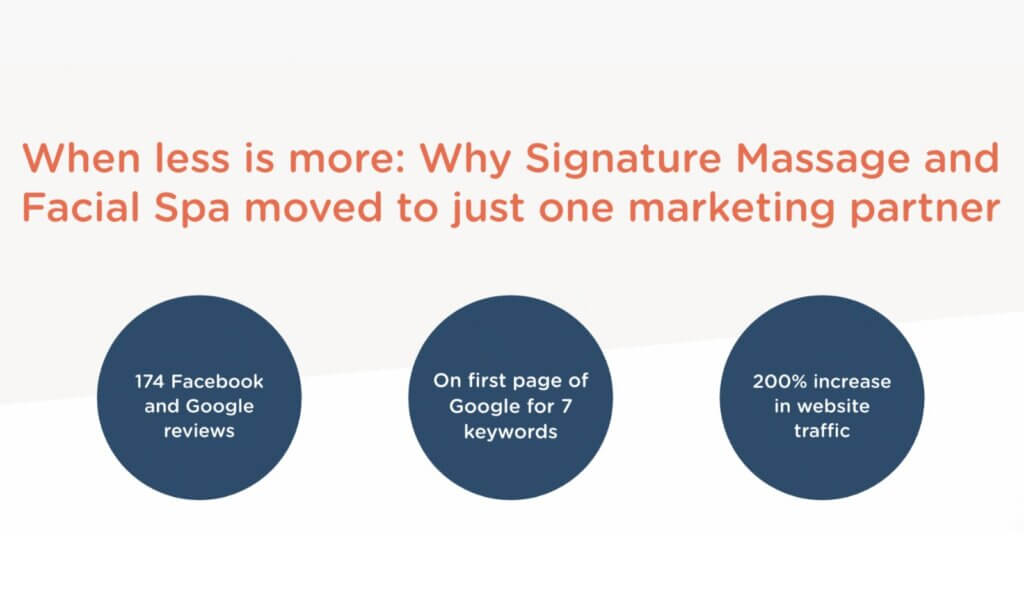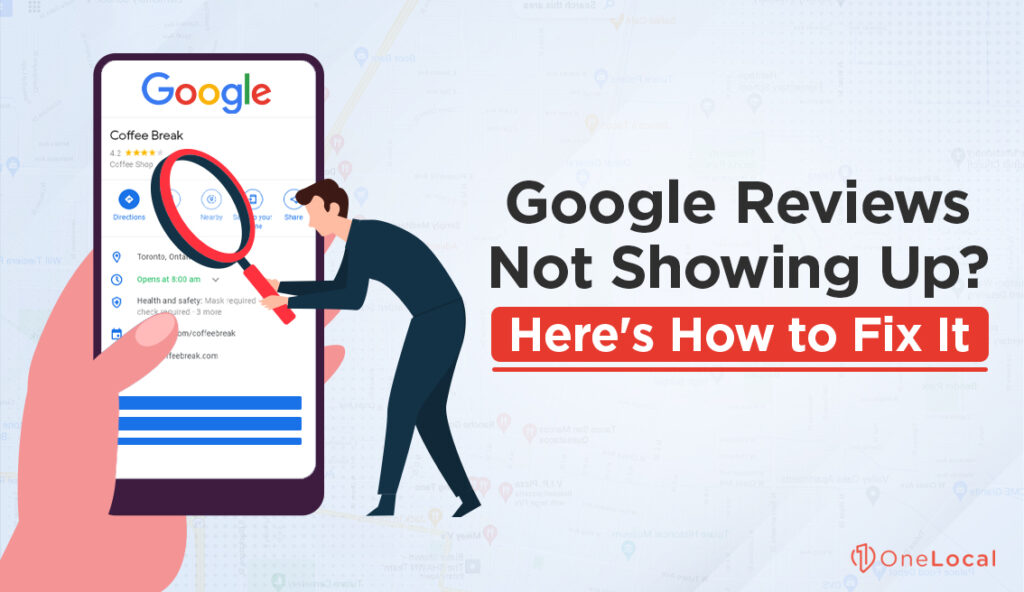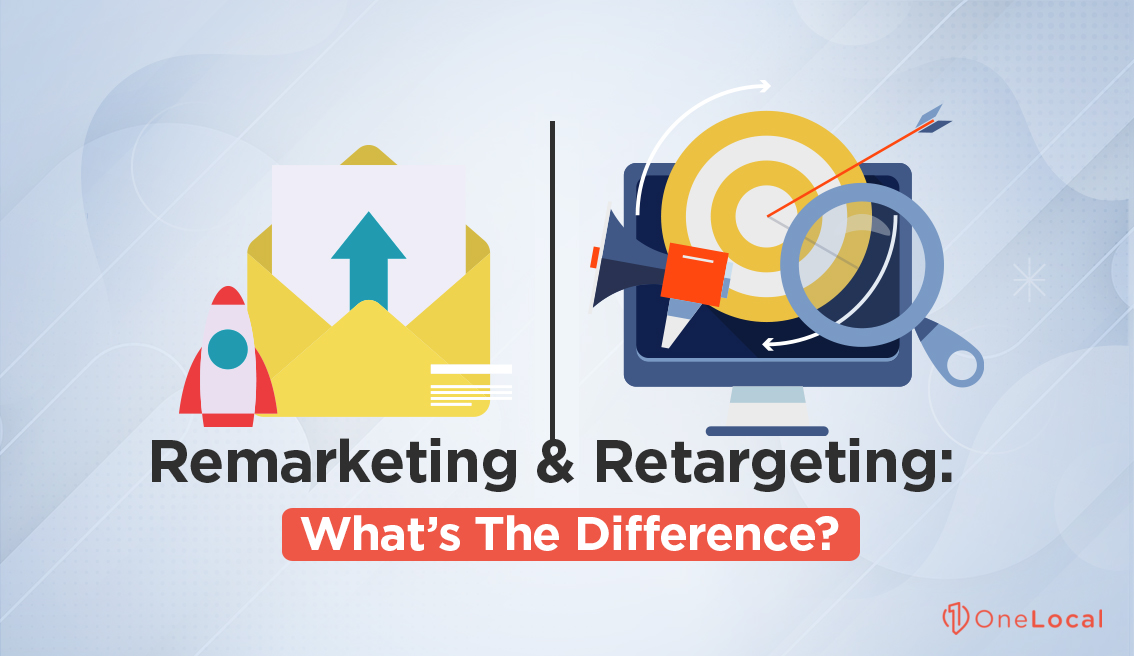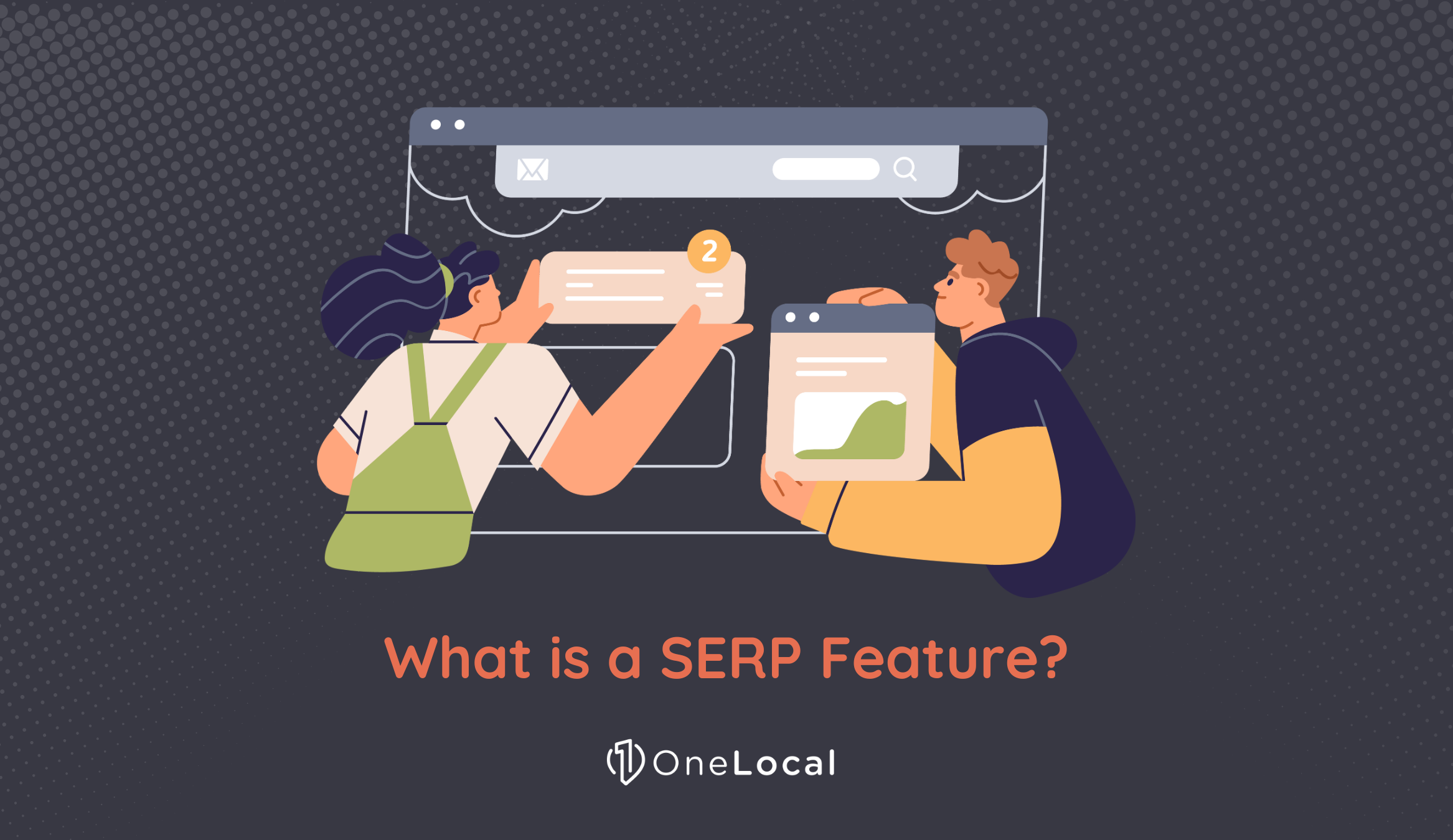What’s the difference between remarketing and retargeting? Have you ever visited a website and left without making a purchase, only to see an advertisement for the same brand on another site later on? Have you ever left an item in an online shopping cart without pressing ‘buy’ and then received an email reminding you of your not-yet-completed purchase?
These are both examples of remarketing and retargeting, respectively. In the vast, complex, and crowded internet universe, these marketing tools allow brands to reach warm leads and existing customers with customized messages based on user activity.
After all, successful advertising isn’t just about putting your brand in front of the right people but being able to give them the right information at the right time. Strategies for remarketing and retargeting for small businesses aren’t solely useful for e-commerce businesses or giant corporations but can also produce impressive results for small, local businesses.
What’s the difference between remarketing and retargeting, though? Is one of these tactics more appropriate for local businesses than the other?
Remarketing vs Retargeting: How Are They Different?
If you start googling around trying to understand the difference between remarketing and retargeting, there’s a good chance you’re going to end up more confused than when you started.
Unfortunately, there’s quite a bit of contradictory information floating around. Some sources claim that the terms remarketing and retargeting are entirely interchangeable; others state that they are different strategies with the same goals, while another camp argues that they are distinct marketing tactics with completely different goals.
So, which is it?
Basically, you will find that remarketing is sometimes used as an umbrella term that covers both remarketing and retargeting. Part of the blame for this falls on Google itself, whose Google Ads remarketing tools include both remarketing and retargeting strategies. This has contributed to the blurring line between the definition of the terms over the years.
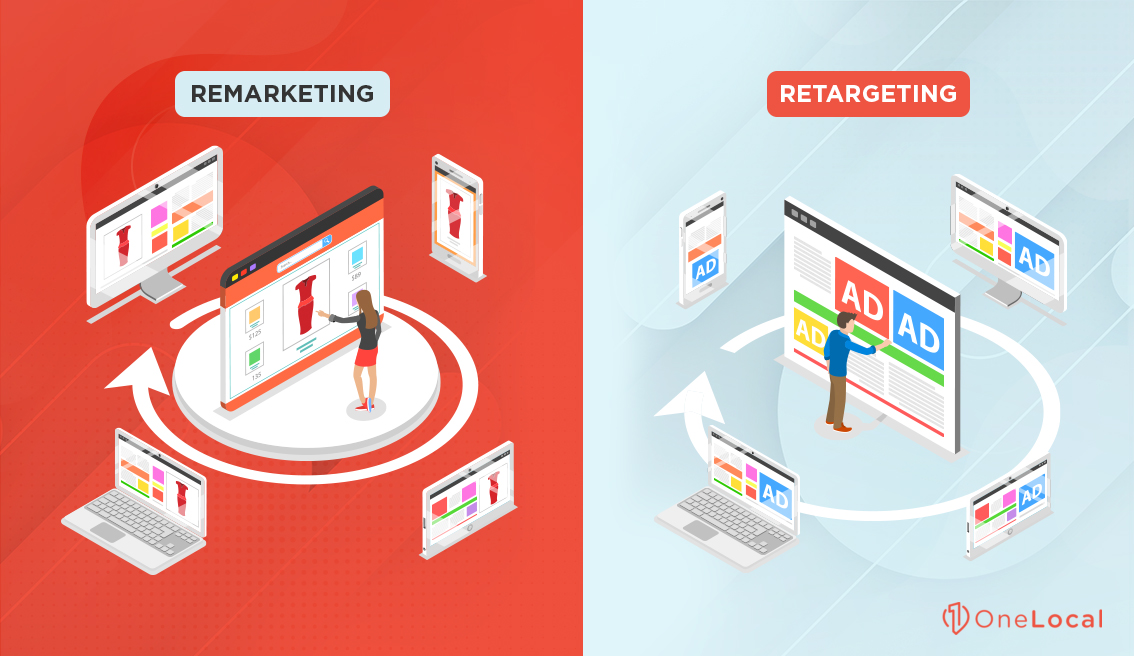
To keep things simple, though, here are the most common definitions of each strategy:
- Remarketing is a term that refers to using email to re-engage with your customers or audience that have already shown interest in or done business with your brand.
- Retargeting is a term that describes delivering paid online and display ads using a user’s activity on your site or social media profiles.
When it comes to marketing goals, retargeting focuses on ushering past visitors to your site or social media platforms back to your site to convert them. On the other hand, remarketing is more about re-engaging your existing customers and maximizing customer lifetime value (CLV).
One of the easiest ways to think about the different uses for these tactics is that retargeting is more focused on moving your audience that hasn’t become customers yet down the path to purchase, while remarketing focuses on reconnecting with people who have already bought something from you (or at least have made it on to your email list.)
As far as similarities go, both remarketing and retargeting are lead nurturing tactics that aim to support a holistic customer lifecycle marketing plan. By strategically using both of these tactics, you can target audiences already aware of your brand, engage the people most likely to make a purchase, and build long-term brand recognition and awareness.
Both remarketing and retargeting take advantage of the incredible opportunities presented by the ability to collect and analyze data about user activity online. These strategies go beyond simple advertising, where you put your brand out there and hope that it sticks with some people. They even go beyond targeted advertising, where you have identified a specific target market that is most likely to be interested in what you offer and then advertise in places where you expect they spend time.
The power of remarketing and retargeting is that you aren’t just reaching out to your target demographic; you’re doing so in a customized way to each individual’s position in the sales funnel when they are most likely to be receptive to your message.
What Is Remarketing?
Now that’s we’ve explored the similarities and differences between remarketing and retargeting, let’s dive into what each term means with a bit more depth. To be clear, we’re using the definition of remarketing referring to re-engaging customers through email, rather than the umbrella term that includes both remarketing and retargeting efforts.
You’re likely familiar with email marketing as a cost-effective and results-focused marketing strategy as a local business. After all, 64% of small businesses use email marketing to reach their customers. On top of that, four out of five marketers say that they prefer email marketing to social media marketing.
It’s clear that email marketing is an effective marketing strategy, but what if you could take your email marketing to the next level? What if you could use email to re-engage customers with customized messages that suit where they are in the path to purchase?
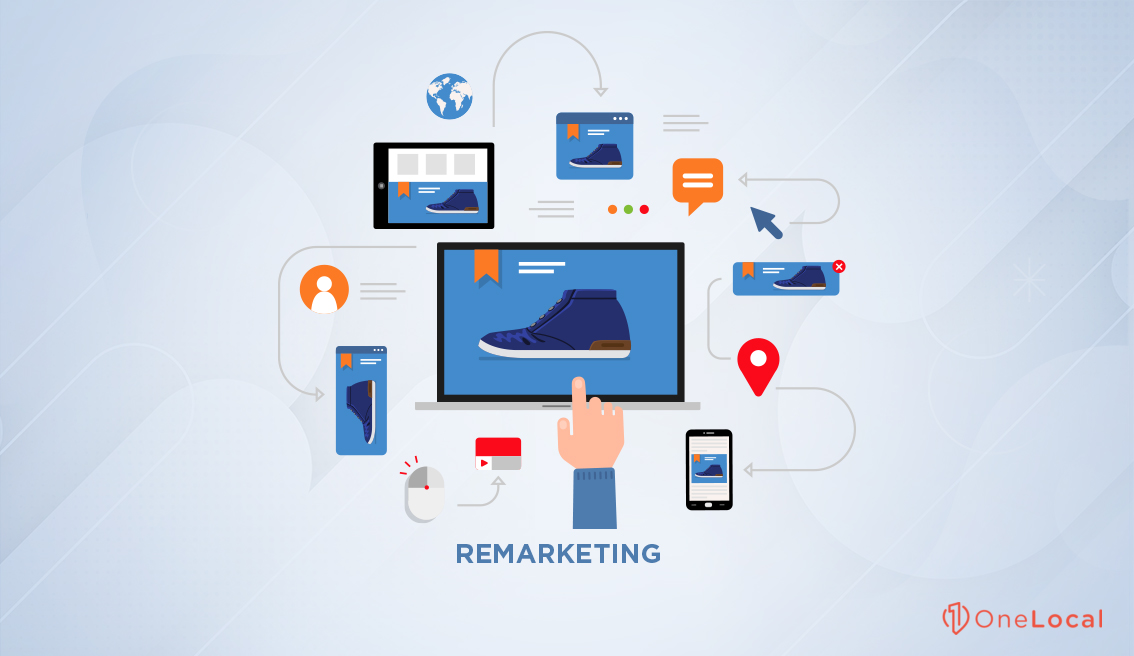
When you utilize remarketing tactics, you can use the ability to collect data about user activity to your advantage. By tracking their previous purchase activity or actions on your site, you can use this strategy to reach out to past or current customers to re-ignite engagement.
Examples of remarketing emails include:
- Contacting users that abandoned a shopping cart
- Promoting products related to a customer’s past purchases
- Sending emails after a purchase
- Reaching out to users reminding them of items in their wishlist
Remarketing, unlike retargeting, requires that you have an email list. However, by harnessing the power of collected data, remarketing can help to make your existing email list even more lucrative.
How Does Remarketing Work?
There are two basic tools upon which you can build your remarketing campaigns: pixels and lists.
Pixels used for remarketing are pieces of code that can track a user’s journey through your site to offer valuable insight into your customers’ shopping habits. You can use this information to design the emails you send to different users. For example, pixels can identify which customers have items in their wishlist, so you can send them strategic reminders about the product they are considering buying.
Remarketing lists are organized lists of the customers that visit your site and where they are on the path to purchase. You might choose to categorize users into several different segments, such as:
- Customers that have abandoned a shopping cart
- First-time purchases
- Frequent customers
- Customers with an expiring subscription
- Visitors with items in their wishlist or favorites
For each group on this list, you can send a different email related to their particular site activity.

For example, let’s look at the type of email you could send to each of the above customer categories:
- Customers that have abandoned a shopping cart: Cart reminder email
- First-time purchases: Thank you note email
- Frequent customers: Promotions, related products, or upselling email
- Customers with an expiring subscription: Subscription reminder email
- Visitors with items in their wishlist or favorites: Sale alert email
Your remarketing campaign can be completely automated, meaning that emails are automatically being sent to the appropriate users at the right time.
It’s essential to follow email remarketing best practices when engaging in this strategy. Otherwise, your efforts could drive customers away instead of rekindling their relationship with the brand.
When you’re trying to reconnect with previous customers, you want to keep your message simple and offer them an enticing incentive. However, be wary of over-using this tactic, as it’s pretty easy to irritate customers with relentless emails. Instead of sending an email just for the sake of it, create a thoughtful campaign strategy that will remind customers of your brand at precise times in their customer journey.
Lastly, it’s ultimately best to keep your remarketing emails simple. It can be tempting to make the design of your emails complex, but uncomplicated, clean emails tend to be just as effective, if not more so, than those with elaborate designs.
What Is Retargeting?
While remarketing reaches out to previous or existing customers through email, retargeting aims to identify people that are aware of your brand but haven’t necessarily made a purchase before. With this information, digital ads can be displayed to warm leads while they are surfing other sites.
In this strategy, you can target people that have visited your site or social media profiles with online or display ads based on the nature of their online activity. The way this works is that when users show up on your site, a pixel is used to track their activity and target ads specifically to them. The real kicker here is that the ads you display to these users show up on other websites, meaning that you can reach them even when they have wandered far from your brand’s site.
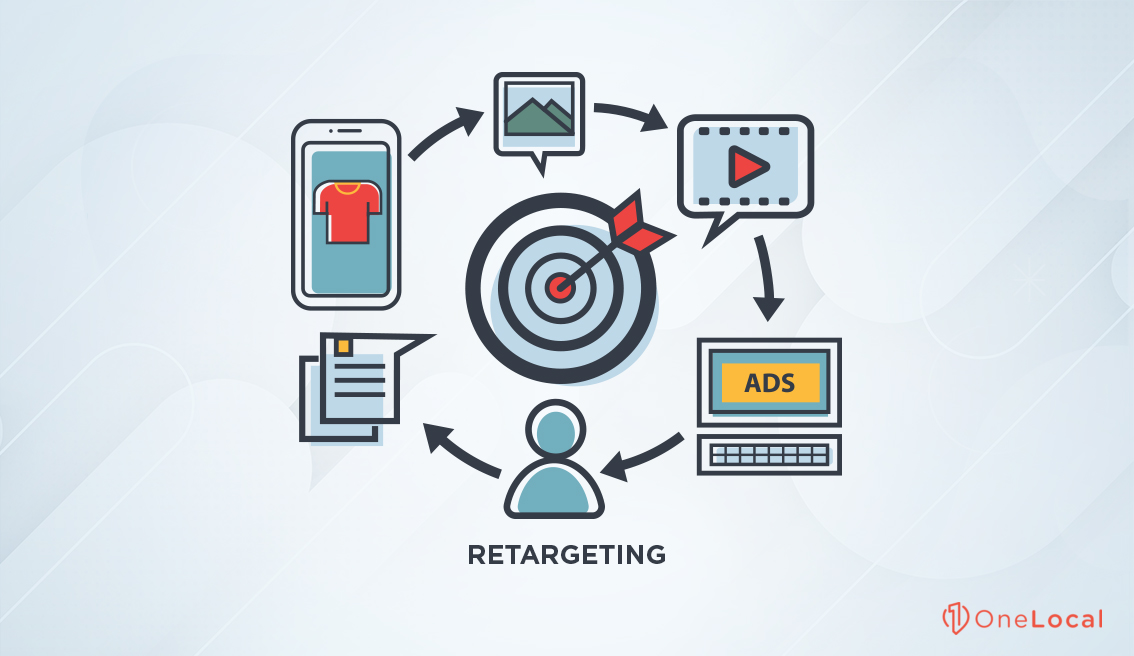
As you might imagine, this can be an incredibly potent tool. With retargeting, you can advertise to individuals already aware of your brand when they are on millions of different websites.
Retargeting doesn’t require that you have captured a potential customer’s email or even that they visit your site more than once. If you’ve ever gone to a website and then seen an advertisement for that same brand while scrolling Facebook or surfing the web, you’ve experienced retargeting firsthand.
How Does Retargeting Work?
Retargeting also makes use of pixels, just like remarketing does. However, these pixels are also tracking the off-site activities of users. So, while remarketing is a strategy that focuses on your audiences’ on-site activities, retargeting displays ads to your users when they are elsewhere on the web. This can help ensure that your customer remembers that your brand exists and increases the likelihood of thinking of your brand when they are ready to make a purchase relevant to what you offer.
Ad exchange networks are used to make retargeting possible. The Google Display Network is the largest of these exchange networks. It allows you to reach your users while they are browsing millions of different websites, apps, and Google-owned sites such as YouTube. Another large network is Facebook’s Audience Network, which allows you to display ads to your audience on some of the world’s most popular social media platforms, including Instagram, Whatsapp, and Messenger.
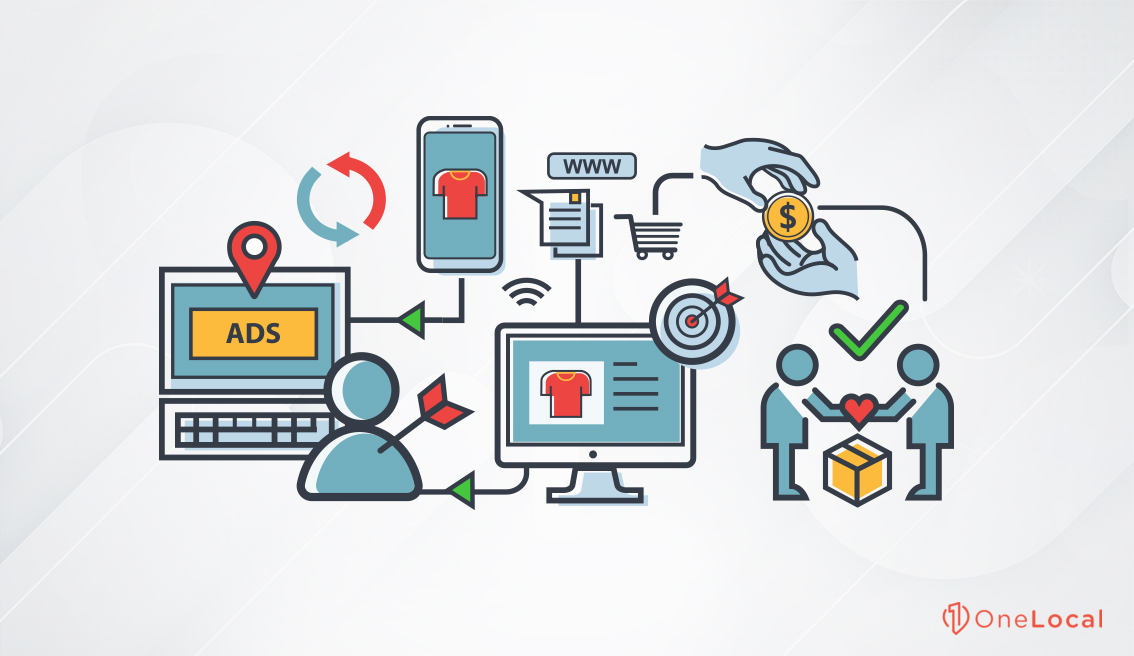
Regardless of the ad networks you choose, you’ll be given a retargeting pixel specifically for your website when you sign up. These pixels are small lines of code that keep track of your visitors’ activities even when they have left your site. When they end up browsing a site that belongs to the ad network you signed up for, the network can identify which types of ads to display based on the user’s browsing history.
While digital ads can be effective marketing tools, they aren’t free. The most common models are cost-per-mille (CPM) or pay-per-click (PPC). You pay for how many times your ad is displayed in the former. In the latter, you pay for how many times your ad is clicked on.
Retargeting can ensure that you get the highest possible ROI from your ad campaigns, as your ads are being shown to people who are already aware of your brand and have already visited your site or socials.
Is Remarketing or Retargeting Better for Local Businesses?
There is no one-size-fits-all strategy for small business marketing campaigns, as the right strategy for your brand will depend on your desired goals. However, both remarketing and retargeting tactics can be excellent tools for local businesses to re-engage existing customers and create new customers.
Email marketing is ideal for local businesses to nurture leads and boost conversions. By employing email remarketing campaigns, you can customize your email communications with your email list based on each customer’s activity and location in the sales funnel.
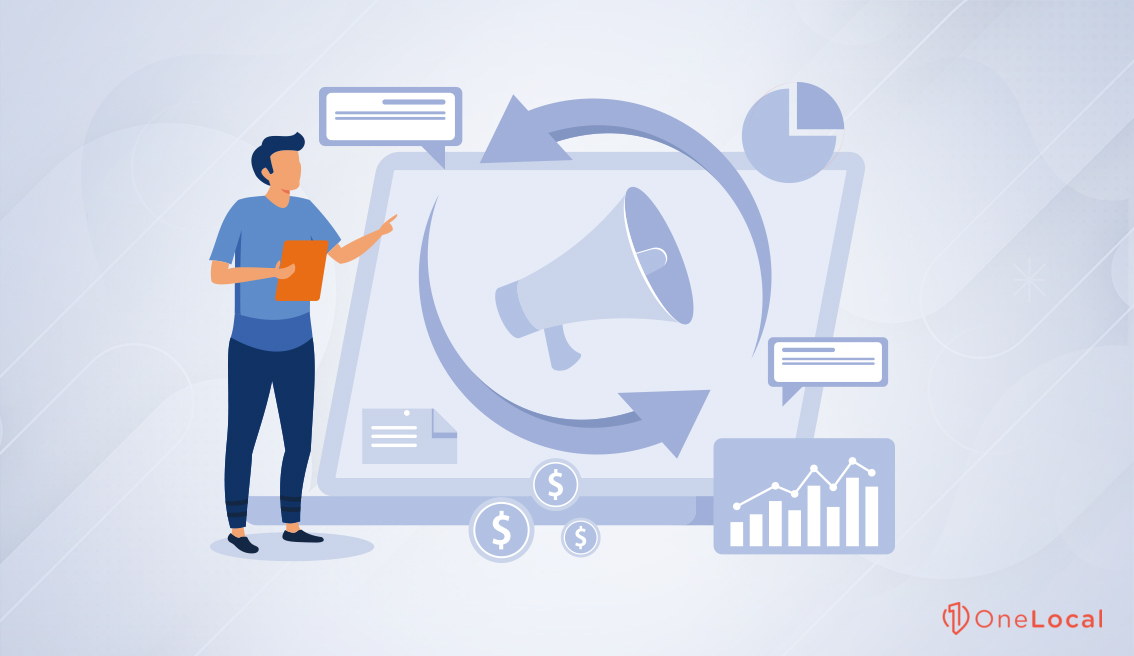
Retargeting is also a powerful tool for small businesses, as it can help reduce marketing costs, ensure that you’re reaching warm leads, and customize ads based on user activity.
Local businesses have the added benefit of combining retargeting with geotargeting, which restricts ads to the people in your target demographic who are within a specific geographic area. By fusing these two tools, you can rest assured that your advertising budget is being used to display ads only to the most qualified leads.
Is It Time for Your Business to Launch a Comprehensive Digital Ad Campaign?
Remarketing and retargeting can be effective marketing tools to reach the right people at the right time. They can help boost your sales, build your brand recognition, and allow your business to grow. At OneLocal, our team of marketing specialists focuses exclusively on the marketing needs of local businesses. When you team up with us, you can rest easy that you’ll get impactful results at every step along the customer journey.
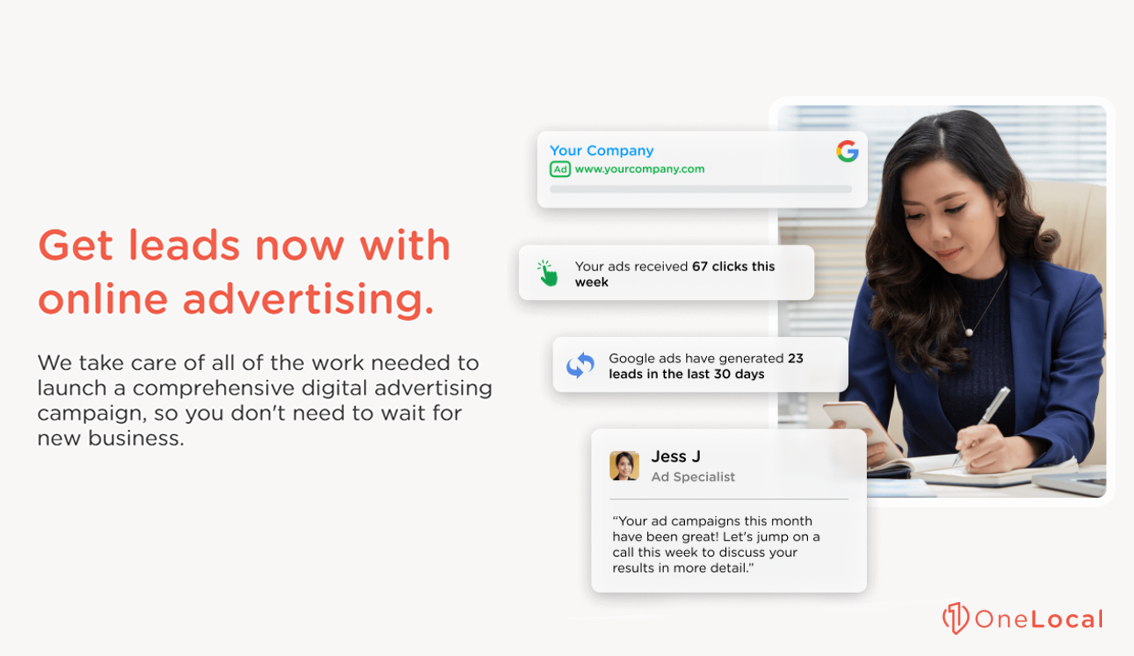
Using online ads to strategically reach your most valuable target audience can start getting new leads and grow your business right away. Through conversion-optimized landing pages, a multi-channel approach, and retargeting tactics, our local ad services are specifically designed to deliver the results you need.

Rachel Solway is a seasoned marketing professional dedicated to empowering small businesses through innovative marketing strategies. With extensive experience at OneLocal, a leading marketing solutions provider, Rachel’s insights are helping thousands of local businesses navigate the digital landscape.

